So, you have some money set aside. Your savings account is growing. You know you want to invest it. You want your money to work hard for you. But where should you put it? Here are five books from 2013 and beyond that will teach you where to put your money.
MONEY Master the Game: 7 Simple Steps to Financial Freedom
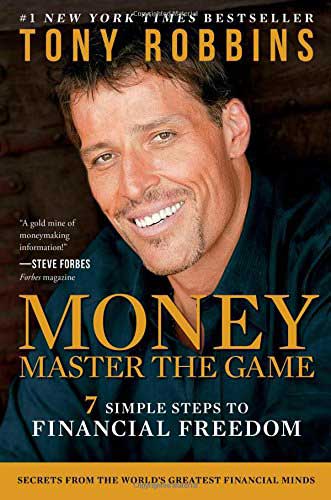
Author: Tony Robbins
Pages: 688
Publisher: Simon & Schuster (November 18, 2014)
Description:
Based on extensive research and one-on-one interviews with more than 50 of the most legendary financial experts in the world—from Carl Icahn and Warren Buffett, to Ray Dalio and Steve Forbes—Tony Robbins has created a simple 7-step blueprint that anyone can use for financial freedom.
Robbins has a brilliant way of using metaphor and story to illustrate even the most complex financial concepts—making them simple and actionable. With expert advice on our most important financial decisions, Robbins is an advocate for the reader, dispelling the myths that often rob people of their financial dreams.
The Aspirational Investor: Taming the Markets to Achieve Your Life’s Goals
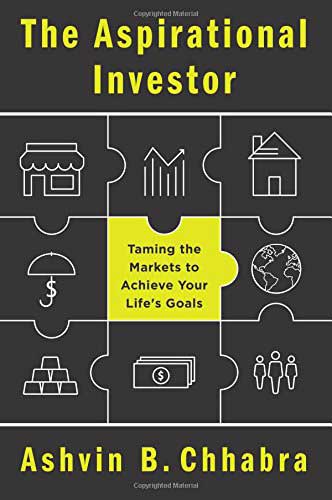
Author: Ashvin B. Chhabra
Pages: 240
Publisher: HarperBusiness (June 2, 2015)
Description:
The Chief Investment Officer of Merrill Lynch Wealth Management explains why goals, not markets, should be the primary focus of your investment strategy—and offers a practical, innovative framework for making smarter choices about aligning your goals to your investment strategy.
Today all of us bear the burden of investing wisely, but too many of us are preoccupied with the wrong priorities—increasing returns at all costs, finding the next star fund manager, or beating “the market.” Unfortunately conventional portfolio theory and the grand debates in finance have offered investors only incomplete solutions. What is needed, argues Ashvin B. Chhabra, is a framework that shifts the focus of investment strategy from portfolios and markets to individuals and the objectives that really matter: things like protecting against unexpected financial crises, paying for education or retirement, and financing philanthropy and entrepreneurship.
The Aspirational Investor is a practical, innovative approach to managing wealth based on key goals and the careful allocation of risks rather than responding to the whims of the financial markets. Chhabra introduces his “Wealth Allocation Framework,” which accommodates the three seemingly incompatible objectives that must underpin every sound wealth management plan: the need for financial security in the face of known and unknowable risks; the need to maintain current living standards over time despite inflation; and the need to pursue aspirational goals for wealth creation.
Chhabra reveals some surprising facts about wealth creation, reinterprets the success formulas of investing greats like Warren Buffett, and closes the gap between theory and practice by simplifying our understanding of key asset classes and laying out a concise roadmap for identifying, prioritizing, and quantifying financial goals. Raising the bar for what we should expect from our investment portfolios—and our financial advisors—The Aspirational Investor sets us on a path to more confident and fulfilling financial lives.
Jim Cramer’s Get Rich Carefully
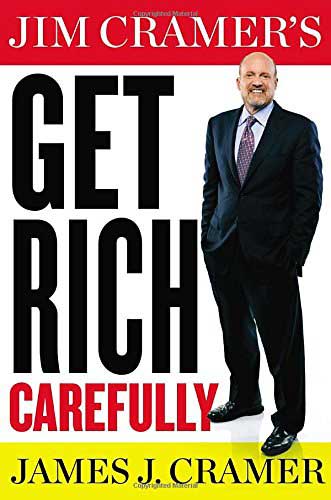
Author: James J. Cramer
Pages: 448
Publisher: Blue Rider Press (December 31, 2013)
Description:
Tired of phony promises about getting rich quickly, promises that lead to reckless decisions (the stepping stones to the poor house)? How about trying something different? How about going for lasting wealth—and doing it the cautious way? In Get Rich Carefully, Jim Cramer uses his thirty-five years of experience as a Wall Street veteran and host of CNBC’s Mad Money to create a guide to high-yield, low-risk investing. In our recovering economy, this is the plan you need to make big money without taking big risks.
Drawing on his unparalleled knowledge of the stock market and on the mistakes and successes he’s made on the way to his own fortune, Cramer explains—in plain English—why you can get rich in a prudent, methodical way, as long as you start now. In his own inimitable style, Cramer lays it on the line, no waffling, no on-the-one-hand-or-the-other hedging, just the straight stuff you need to accumulate wealth. This is a book of wisdom as well as specifics. Cramer names names, highlights individual and sector plays, and identifies the best long-term investing themes—and shows you how to develop the disciplines you need to exploit them.
The personal finance book of the year, Get Rich Carefully is the invaluable guide to turning your savings into real, lasting wealth in a practical, and yes—because this is, after all, a book by Jim Cramer—highly readable and entertaining way.
Code Red: How to Protect Your Savings From the Coming Crisis
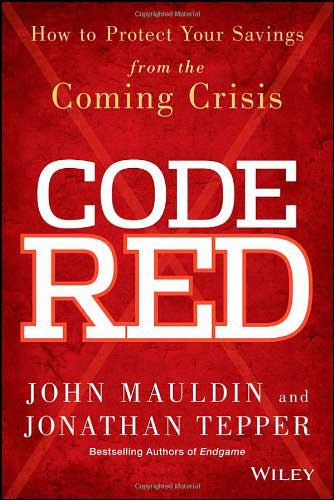
Author: John Mauldin
Pages: 368
Publisher: Wiley; 1st Edition (October 28, 2013)
Description:
Written by the New York Times bestselling author team of John Mauldin and Jonathan Tepper, Code Red spills the beans on the central banks in the U.S., U.K., E.U., and Japan and how they’ve rigged the game against the average saver and investor. More importantly, it shows you how to protect your hard-earned cash from the bankers’ disastrous monetary policies and how to come out a winner in the irresponsible game of chicken they’re playing with the global financial system.
From quantitative easing to zero interest rate policies, ZIRP to the impending currency wars, runaway inflation to GDP targeting, authors Mauldin and Tepper achieve the impossible by not only explaining global monetary policy and its consequences in plain English, but also making it compelling reading.
The Money Compass: Where Your Money Went and How to Get It Back
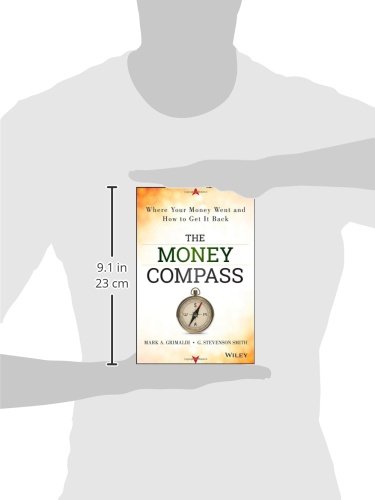
Authors: Mark Grimaldi, Stevenson G. Smith
Pages: 256
Publisher: Wiley; 1st Edition (January 21, 2014)
Description:
Between the ongoing recession, the collapse of the housing market, and the crumbling of the middle class, many Americans are left wondering what happened to the American Dream. They’re also wondering what happened to their money. For millions of people, just making ends meet is challenging enough. So when it comes to saving and investing, it seems like the deck is stacked against you.
The bad news is that you’re right. If the economy were a card game, the dealer would hold all the aces. But the good news is that you don’t have to play by the house rules. Renowned for his unvarnished insight on finance and investing, money manager Mark Grimaldi has a reputation for telling it like it is. He doesn’t sugarcoat the negative and he doesn’t have time for the financial industry hype that leads to bad investing decisions. Here’s the truth: the economy is in bad shape, but that doesn’t mean you can’t save responsibly, invest profitably, and retire comfortably.
In The Money Compass, Grimaldi teams up with accounting professor G. Stevenson Smith to offer a wealth of smart investing advice for today’s investor. This plain-English guide to good investing presents practical strategies and actionable advice for safely navigating today’s financial markets. It shows you how to manage credit and debt responsibly, how to use the tax code to your advantage, which kinds of trendy investing advice you should ignore, and where to put your money for solid returns.














